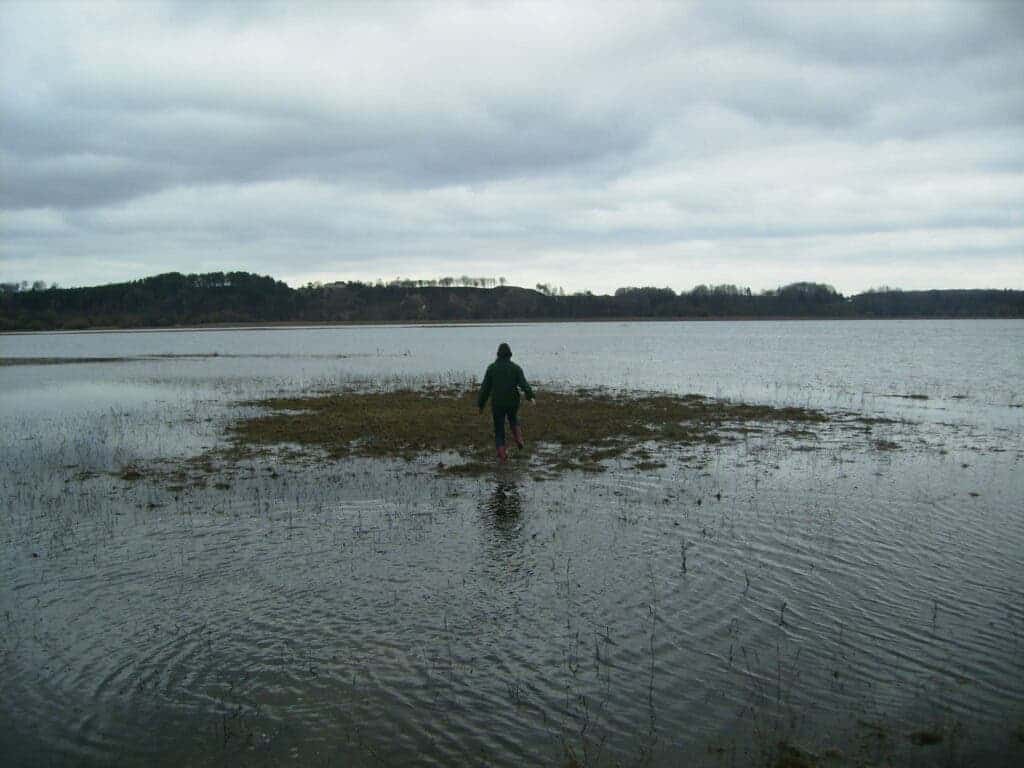The climate crisis is costing the United States economy billions every year due to flooding alone, a new study by Standford University researchers showed. Rainfall contributed a third of the costs of flooding over the past three decades, totaling almost $75 billion of the estimated $199 billion.

Flooding is considered by insurance companies the number-one natural threat in the US, even before wildfire and storm, with 14.6 million properties at substantial risk. The frequency and severity of the phenomenon are increasing as the climate crisis kicks in, with the floodplains expected to grow by 45% by the end of the century.
A growing amount of flooding is already happening in the US, especially in the Mississippi River Valley, Midwest, and Northeast, while coastal flooding has also doubled in a matter of decades, according to the Fourth National Climate Assessment, a 2017 report that looked at climate change in the US.
The Intergovernmental Panel on Climate Change (IPCC), a leading group of climate experts, said in a report in 2012 that climate change “has detectably influenced” several of the water-related variables that contribute to floods, such as rainfall and snowmelt. Still, connecting climate change with flooding and its costs hasn’t been an easy task.
Many factors can lead to a flood. There are weather events such as prolonged or heavy rains but also human-driven elements such as the way waterways are managed and the alterations done to the land. Growing urbanization, for example, adds impermeable surfaces such as pavement and alters natural drainage systems.
“The fact that extreme precipitation has been increasing and will likely increase in the future is well known, but what effect that has had on financial damages has been uncertain,” lead author Frances Davenport said in a statement. “Our analysis allows us to isolate how much of those changes in precipitation translate to changes in the cost of flooding, both now and in the future.”
Davenport and Standford University researchers combined high-resolution climate and economic data with advanced methods from economics to quantify the link between historical precipitation variation and historic flooding costs. They showed that climate change is largely to blame for the growing cost of flooding in the US.
The researchers developed a model based on observed precipitation and monthly reports of flood damage, controlling factors that might affect flooding costs like increases in home values. Then they calculated the change in extreme rain in each state and finally used the model to calculate the economic damages if the changes in extreme precipitation hadn’t happened.
When considering all the individual states, changes in rain patterns represented 36% of the flooding costs in the US from 1988 to 2017, according to the study. The effect of changing rain was primarily driven by increases in extreme precipitation, which have been responsible for the largest share of flooding costs historically.
“Previous studies have analyzed pieces of this puzzle, but this is the first study to combine rigorous economic analysis of the historical relationships between climate and flooding costs with really careful extreme event analyses in both historical observations and global climate models, across the whole United States,” said senior author Noah Diffenbaugh.
The researchers believe their findings have implications beyond flooding in the US. They believe it could be applied to other natural threats, to climate effects in different sectors of the economy, and to other regions of the planet, helping to understand the costs and benefits of climate change mitigation and adaptation.
The study was published in the journal PNAS.









